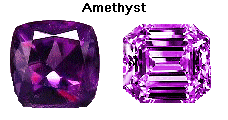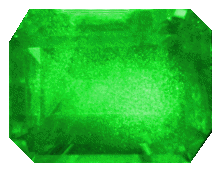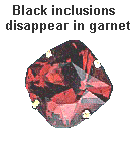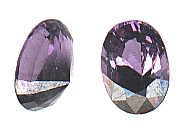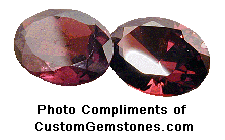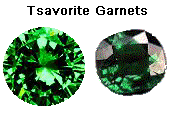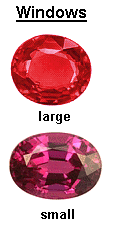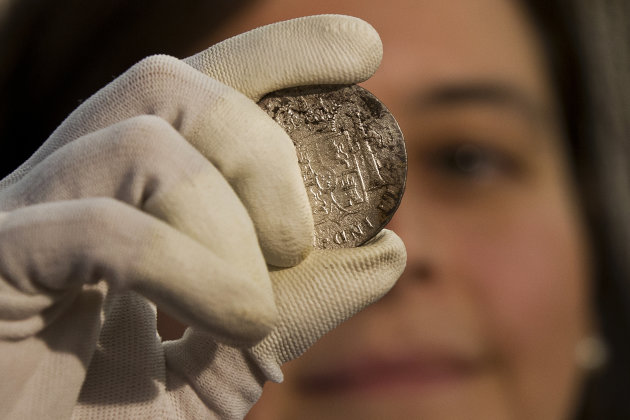 A blue diamond similar to one that sold for $10.4 million in Geneva this week. Photo: Colleen Petch
A blue diamond similar to one that sold for $10.4 million in Geneva this week. Photo: Colleen Petch
A flawless deep-blue diamond sold at auction on Wednesday night for 10.27 million Swiss francs ($10.4 million), a world record for a blue diamond per carat and more than twice its pre-sale estimate, Sotheby’s said.
The London luxury jeweller Laurence Graff, bidding by telephone, bought the drop-shaped stone which weighs 10.48 carats and is about the size of an almond, it said.
Signed pieces by top designers including Bulgari, Harry Winston and Van Cleef & Arpels fetched strong prices, easily exceeding their estimates, at the biannual sales in Geneva.
 Royal heritage … a conch pearl, enamel and diamond bracelet that sold at a Sotheby’s auction in Geneva on Wednesday for $3.3 million.
Royal heritage … a conch pearl, enamel and diamond bracelet that sold at a Sotheby’s auction in Geneva on Wednesday for $3.3 million.
Applause erupted after David Bennett, head of Sotheby’s international jewellery department, brought down the hammer after heated and lengthy bidding on the blue diamond which had been estimated to fetch 3.2 million to 4.2 million francs.
Advertisement
“It is certainly a world record price per carat for a deep blue diamond,” Bennett told reporters after the sale. “It is an extraordinary stone, a very, very mystical deep blue.
“They only come from one mine, the Cullinan mine in South Africa.” The mine is owned by Petra Diamonds.
Mark Emanuel, of American jeweller David Webb, predicted that the blue diamond, the night’s top lot, would be recut.
“It is an extremely rare 10-carat deep blue briolette that can be recut to a 7-carat vivid blue,” Emanuel said.
“Most of these diamonds are bought on the basis of speculating and recutting. That’s why we come. As a diamond dealer we look at the potential of a stone.”
Spanish royal bracelet
A late 1920s Cartier bracelet put up for sale by a member of the extended Spanish royal family soared to 3.28 million Swiss francs. Its pre-sale estimate was 750,000-1.3 million.
Sotheby’s did not identify the “lady of title” who parted with the bracelet set with pink conch pearls and diamonds made in the 1920s for Queen Victoria Eugenia (1887-1969), grandmother of the present king of Spain, King Juan Carlos. The buyer was a European private collector.
“It is one of the most charming jewels to come to the auction block in many years,” Bennett said.
“It made a pretty sensational price. This is probably the most valuable bracelet made by Cartier between the wars.”
Only an iconic 1952 Cartier panther bracelet belonging to the Duchess of Windsor, part of her collection first sold in 1987, is worth more, netting $7 million two years ago, he said.
In all, 521 of 589 lots found new owners for a total of 76.6 million francs, double the low end of the pre-sale estimate.
“Most of the jewels were fresh to the market,” Bennett said. “Royal provenance proved to be extremely sought after.”
On Tuesday a huge, internally flawless diamond from India’s fabled Golconda mines sold at auction in Geneva for a record 20.355 million Swiss francs, Christie’s said.
The rare, colourless stone weighing 76.02 carats, and roughly the size of a large strawberry, once belonged to Archduke Joseph August of Austria (1872-1962), a prince of the Hungarian line of the Habsburgs.
“At this level of business, the very, very best of coloured stones and the very, very best of diamonds has almost no limit in market value,” said Emanuel of David Webb.
“People are willing to pay extraordinary prices to have the very, very best. The extraordinary prices are a sign of surging demand for the very best from the very wealthy.
“That was true for signed pieces and single stones. In this market place, quality rules.”
Eric Valdieu, an expert formerly with Christie’s who has launched an investment fund called Divine Jewels, said after attending both sales this week: “This is a sign of a healthy market, it is weathering the stormy economic climate.”


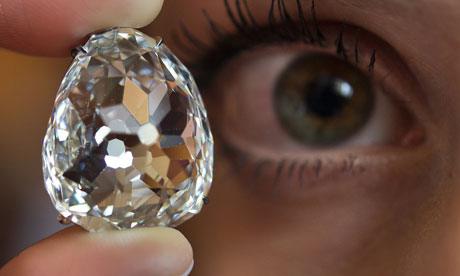
 10. Painite
10. Painite 9. Alexandrite
9. Alexandrite 8. Tanzanite
8. Tanzanite

 5. Grandidierite
5. Grandidierite







